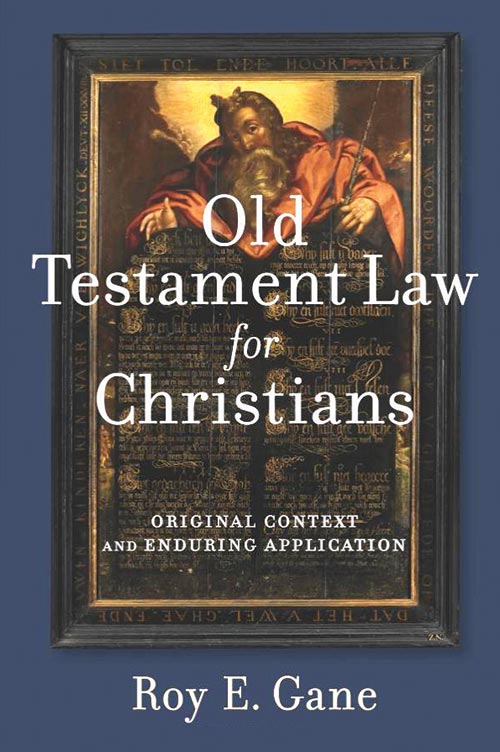
 Old Testament Law for Christians: Original Context and Enduring Application, Roy E. Gane (Grand Rapids: Baker Academic, 2017), 464 pages, $32.99.
Old Testament Law for Christians: Original Context and Enduring Application, Roy E. Gane (Grand Rapids: Baker Academic, 2017), 464 pages, $32.99.Readers who are often baffled by the intricacies and the seemingly strange logic of biblical legal texts permeating the Old Testament will be grateful to have a resource in this volume, authored by Andrews University professor Roy Gane. His point of departure covers a number of hermeneutical bases.
Gane recognizes that most Christians (and many Adventists, too) focus exclusively on the Ten Commandments when they consider Old Testament law, and thus overlook the divine wisdom in other law collections. But how should a twenty-first-century reader deal with the law on levirate marriage in Deuteronomy 25:5-10 requiring the brother of a deceased sibling to marry the deceased’s wife and create descendants for his brother? Gane wants to demonstrate the relevance of Old Testament laws, place them in the stream of divine revelation, and illustrate a workable method focusing on the principles and values included in a particular law.
The book is a treasure trove of useful, at times very detailed, analysis and interpretation. The detailed table of contents and several indexes help the reader to get right to the point and navigate the extensive volume. Gane argues that the underlying subtext of every law is the revelation of God’s character and His love for humanity (p. 40). He highlights the importance of knowing the original context of these laws. “Biblical laws express or encapsulate values and principles that transcend cultures,” he writes, “but God did not give them in a cultural vacuum” (p. 105).
In Part III the author suggests the use of a “Progressive Moral Wisdom” model to understand the principles and values of ancient laws. This method involves five major steps a modern reader should take before attempting to apply biblical law: (1) analyze the law by itself; (2) analyze the law within the system of Old Testament laws; (3) analyze the law within the context of its historical situation; (4) analyze the law within the process of redemption; and (5) relate findings regarding the function of the law to modern life (p. 218). He then offers a number of examples of the application of this method.
Gane has done an excellent job offering a sound method, careful and detailed interpretation, and relevant deduction focusing on values and principles. The volume is full of interesting and intriguing information and discussions representing Gane’s broad research interests. The writing is engaging and generally very clear.
Readers who accept the inspired nature of these laws (“all Scripture,” cf. 2 Tim. 3:16) but often wonder how to make sense of them will value this volume. It tackles a difficult topic, is willing to ask (sometimes) tough questions, and offers a panoramic view of the bigger picture involving underlying values and principles. Highly recommended!